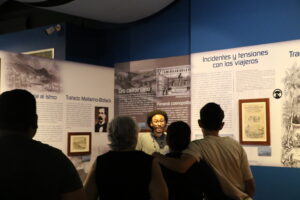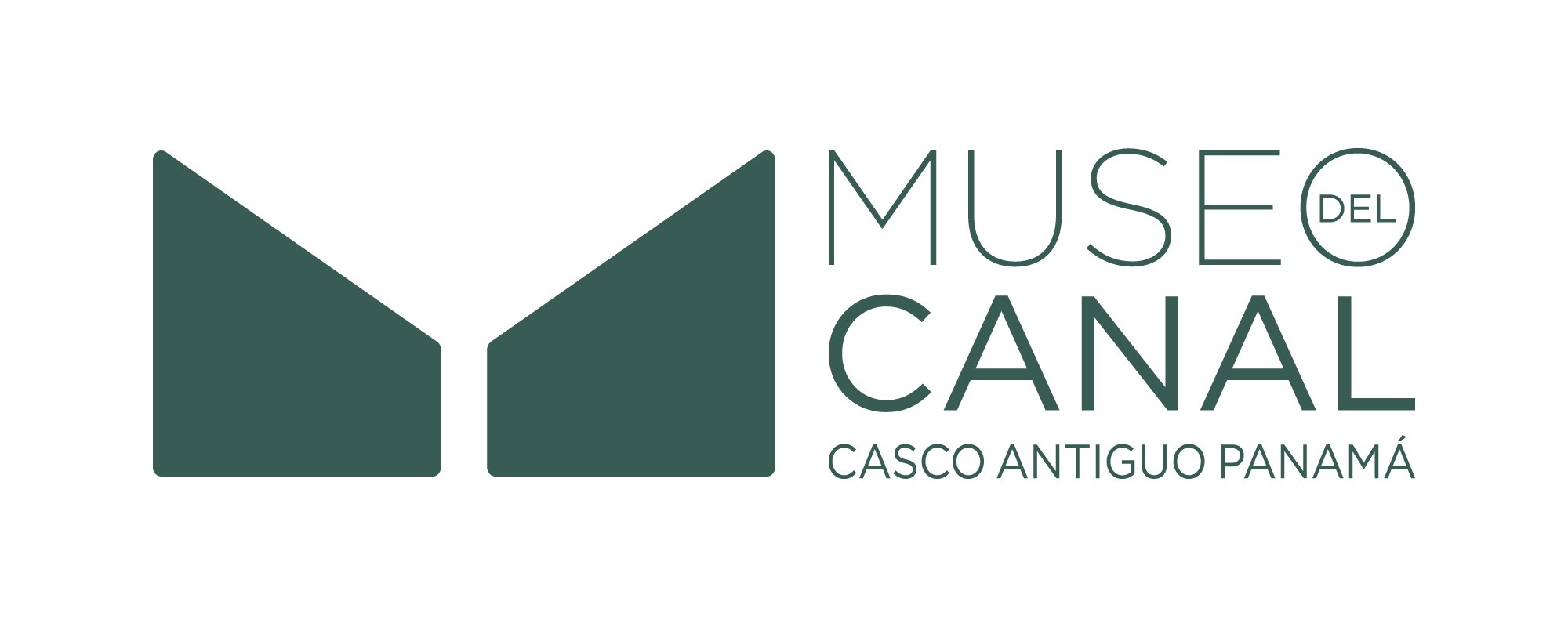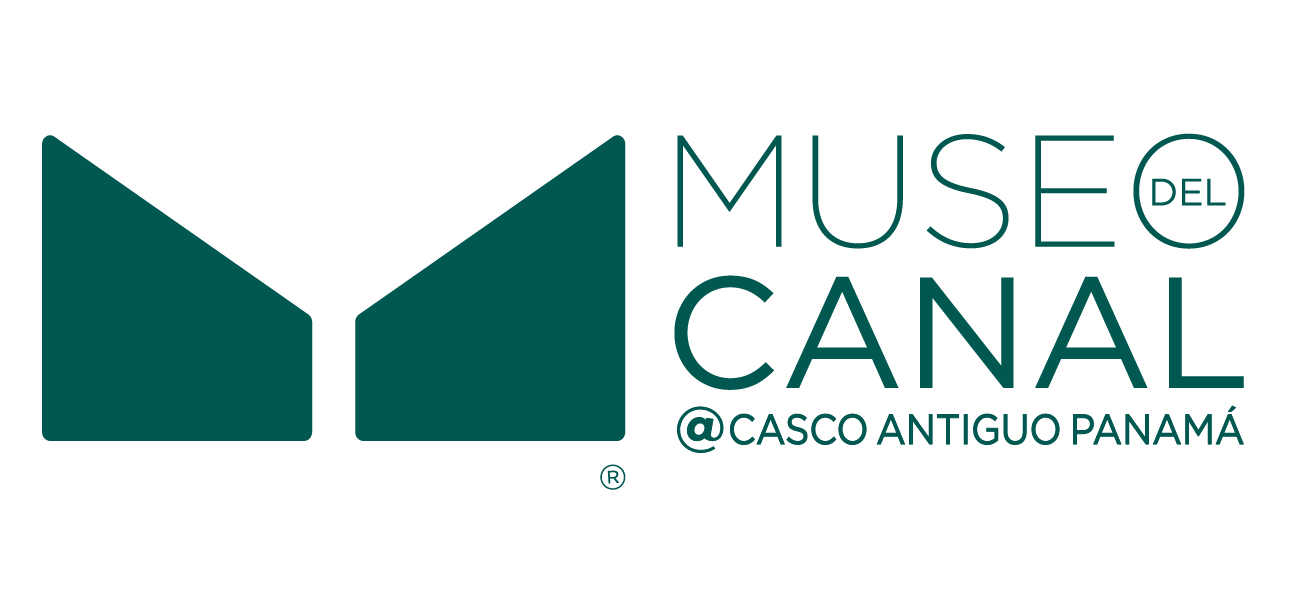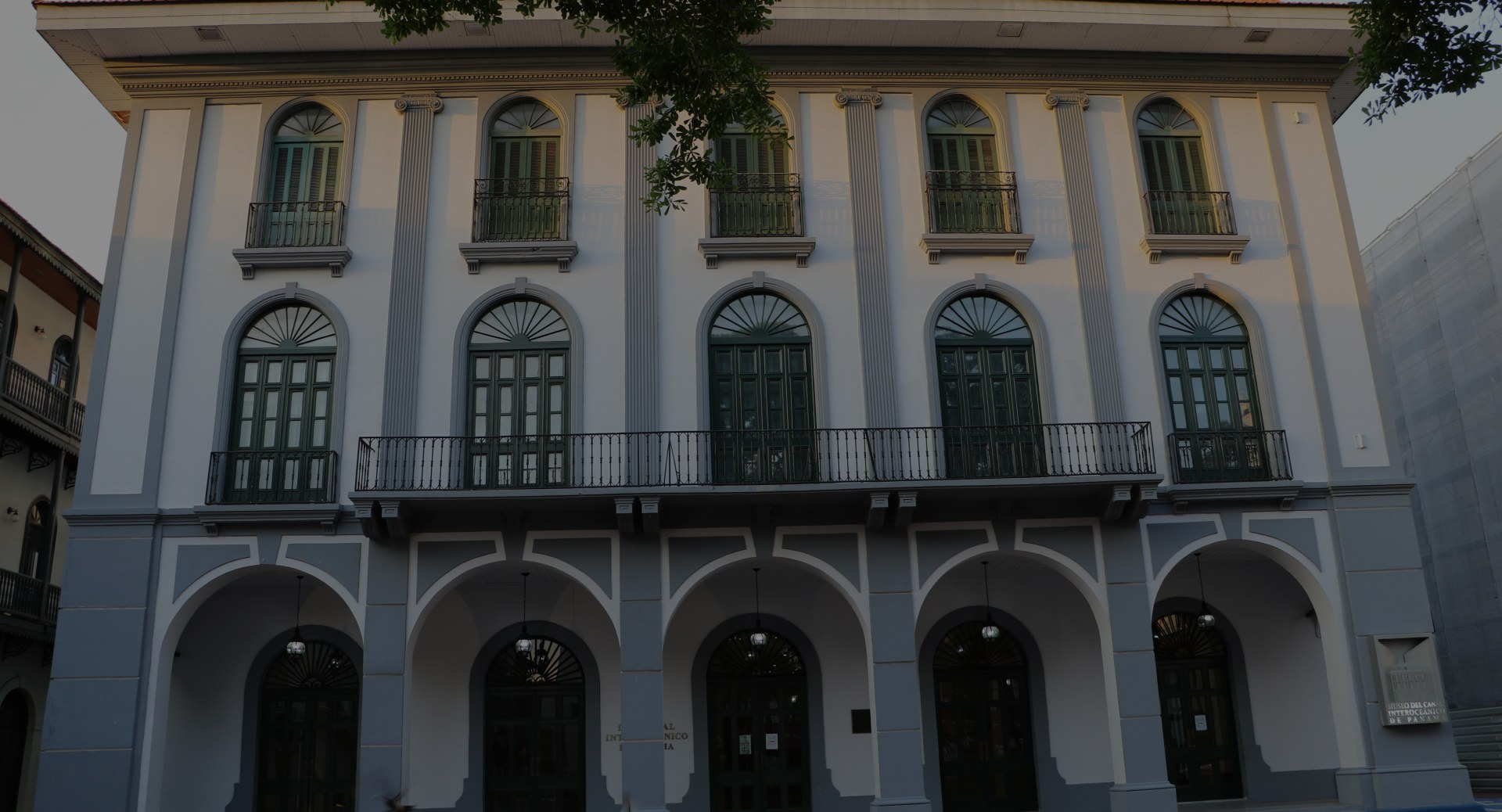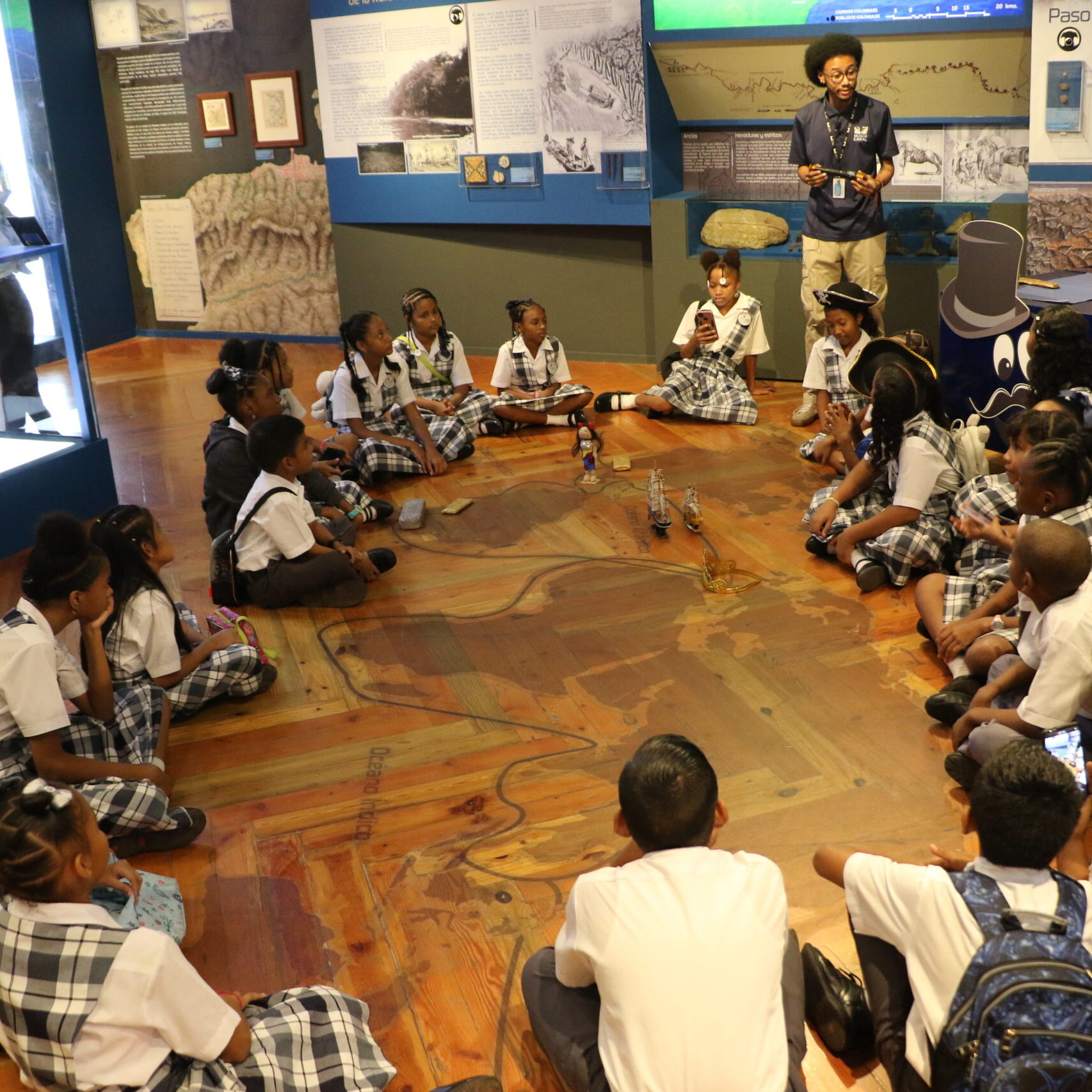
MUSEUMS AS AN EDUCATIONAL TOOL OUTSIDE THE CLASSROOM
30/11/2023
By By Myxell Vargas
 Despite finding ourselves in a world that is increasingly interested in culture and art, in Panama there is still a large gap between education and museums. They are often perceived as isolated topics from each other, where visiting museums in some cases is limited only to leisure and recreation, which is not bad, but it makes us wonder: What do we want students to take away?
Despite finding ourselves in a world that is increasingly interested in culture and art, in Panama there is still a large gap between education and museums. They are often perceived as isolated topics from each other, where visiting museums in some cases is limited only to leisure and recreation, which is not bad, but it makes us wonder: What do we want students to take away?
According to the descriptive study on What is learned and How to learn about the History of the Panama Canal (2022), which included the participation of part of the Canal Museum team, 100% of the teachers surveyed admitted that cognitive level processes (remember, understand and apply) are one of the strategies that hinder students' learning in the subject of history.
Learning events, dates, characters by heart is one of the teaching techniques that allows the student to learn for the moment, but what must be done is to promote critical thinking through dialogue; that students analyze each historical fact, bring it to their present, understand well the causes and effects of each event.
The Canal Museum, a historical museum, exhibits a collection that not only involves the construction of the Canal, but also seeks to deep dive into topics in the history of Panama that are related to the Canal, which are generally little addressed or are not taught in the classrooms. The Museum seeks to transmit this little-discussed content in the most objective and understandable way through the design, the arrangement of the pieces and the language used in its rooms.
The Community Relations Management of the Canal Museum is responsible for connecting with the public, including: schools, universities, institutions and the general public. How do we do it? Through activities that include guided tours, thematic tours, pedagogical and family workshops. In addition to a public program with a variety of activities, talks and events for the entire public.
Every week we receive school groups ranging from initial, primary, pre-middle, secondary education, as well as universities and institutions, and visitors from all over the world.
On guided tours, the experience with each group is very different. For example, we are excited when it is the first time they visit a Museum, their expressions of amazement when seeing those large and colorful pieces; Also, when they see the piece they had talked about in the classroom, when we see faces transported to the past imagining the events and they tell us their opinions about what they would have done if they had been there, or when in their life or country they experienced something similar.
It's like time travel... Great, right? That, through pieces, vast content and space, the student is located in a physical and tangible context of the events, and in turn complements the content provided in the classroom and in textbooks.
It is an experience, it is immersive; in every sense of the word, it is learning and enjoying at the same time.
What do you think if our classroom today were in a historical museum?
